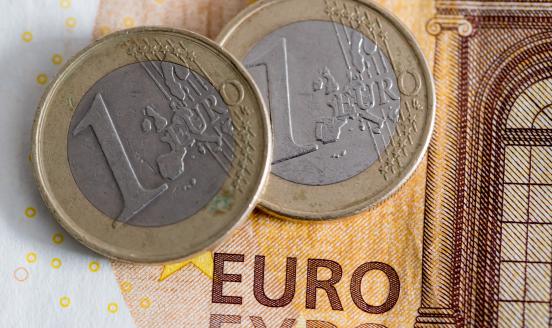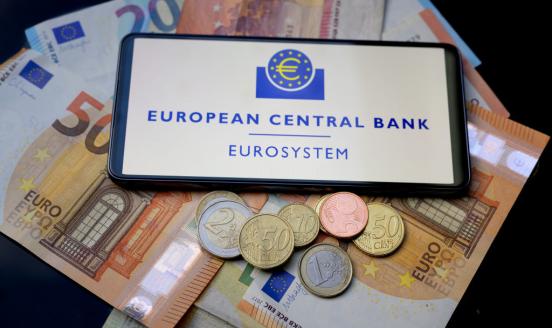A confused EU
On security issues, the European Union does not speak collectively with one voice and member states are very far from having the same objectives on defence. Yet, after the Russian invasion of Ukraine and the prospect of a second Trump term, more needs to happen at the EU level. What that entails depends on which country one is in. The result is a debate that is confused and pulls in many directions.
Whose war is this?
From the start of the Russian invasion, the EU’s support to Ukraine followed a narrative of an existential threat. “Your war is our war,” the EU told Ukraine and continues to tell it. For this reason, maybe President Macron’s suggestion of sending ‘Western troops’ to Ukraine is not a crazy idea. And he is not alone in arguing that. Estonian Prime Minister Kaja Kallas argued that “everything should be on the table” to give the right signal to Russia.
But beware of empty threats. In our fervour to support Ukraine with words and means for its stance against its aggressor, did we make this our war? EU public opinion still supports the cause that Ukraine is fighting, but two years later, it also sees the war as an economic burden. The German deputy Chancellor Robert Habeck left no room for misunderstanding when he offered a ‘word of advice’ to his French counterparts by urging them to “...supply more weapons” if they really wanted to help Ukraine. The US appears equally intransigent to the use of ground troops as part of NATO.
What do we mean by more?
The EU spends on average 1.5% of its GDP, the equivalent of €240 billion euro, on defence. This is half of what the US spends (3% of GDP) but such comparison provides no information on what the EU can do as one. As defence is strictly national in both means and objectives, there is a considerable degree of duplication. But more importantly there is disregard for military interoperability, which means that what could be used on aggregate with available means is simply not the sum of its parts.
Member states care very differently about defence if we judge by their budgets. In 2022 this ranged from a maximum of 3.9% of GDP in Greece to a minimum of 0.2% of GDP in Ireland. Still in 2022, only 5 EU countries passed the 2% of GDP threshold of NATO obligations, although this year a total of 18 NATO members are expected to spend more than 2% of GDP (including the US).
It is not surprising that most of the countries with large defence budgets (and indeed mandatory conscription*) lie across the EU’s eastern frontier. As with the migration waves since 2015, geography defines what gets done and who bears the burden. But an EU that wants to give the right signal to a potential threat from the East needs to do a lot better, through coordination and interoperability, before it can credibly do more. As Danish Prime minister Mette Frederiksen said “If the world is changing in the direction I think it will, then you cannot spend your penny, or your dollar, or your euro, or your krone two times.”
Source: European Defence Agency, Turkey data from Statista, USA: data from Statista
What is the grand plan then?
In the last State of the Union address, European Commission President von der Leyen outlined an ambition to deliver a European Defence Industrial Strategy (EDIS). Greater coordination and cooperation in defence can certainly benefit from a consistent strategy that is built as early as possible, to deliver in good time. But it is not the signal that the EU should give Russia as the war in Ukraine enters its third year.
Moreover, the concept of an industrial strategy suggests that it will be part of an economic plan to promote a certain industry, in this case the defence industry. If the EU is serious about fending off a non-trivial threat from Russia, it must be self-sufficient in defence production. The economic objectives that underpin an industrial strategy which optimises supply chains and relies on a level-playing field are of second order when the objective is security and defence. Inevitably, as the EU currently spends about half of its defence budget in the US, it must consider what this will do to its transatlantic relationship. There is no halfway here. Either the EU gets serious about defence and eliminates dependencies, or it lets each country decide for itself.
Russia spent 3.9% of GDP in defence in 2023 and is expected to spend 6% of its GDP in 2024. The EU cannot match these numbers. But the EU is also not at war, and all must be done to ensure it remains this way. Credible actions require supporting Ukraine with all possible means first and coordinating national defence capabilities, at least in part, second. A full alignment of defence policies is impossible, but some coordination is. This would deliver the right message to Russia. Talking about sending troops to Ukraine or how to design a big defence industry are either not credible or do not address what is needed immediately.
*Austria being an exception with mandatory conscription but still a relative small defence budget and is not a member of Nato.



